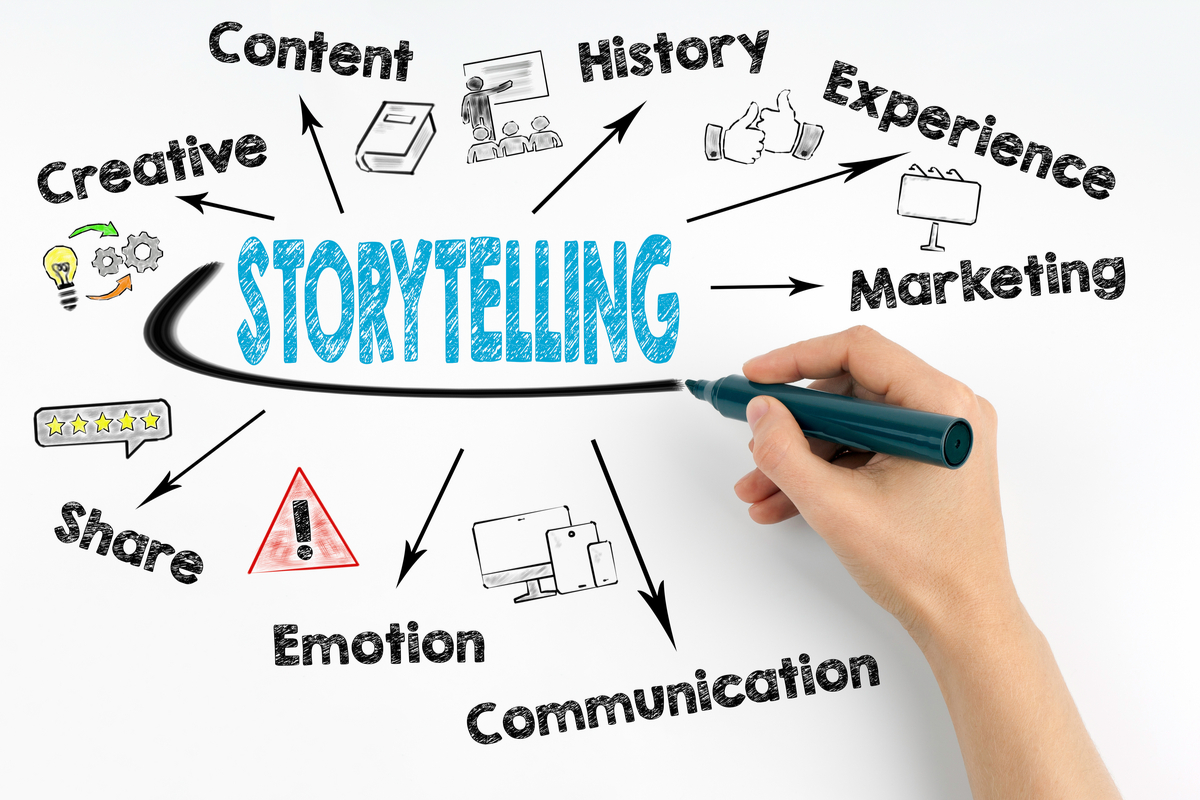
FAQ About Storytelling
Storytelling
2 years ago | gizem
How do you balance exposition and action in a story?
Balancing exposition and action is essential for maintaining reader engagement and delivering necessary information in your story. Exposition provides context, background, and world-building, while action drives the plot forward and keeps readers excited. Here's how to find the right balance between the two:
- Start with Action: Begin your story with a scene that involves action, conflict, or intrigue. This immediately draws readers in and sets the tone for an engaging narrative.
- Integrate Exposition Naturally: Introduce exposition gradually and seamlessly within the context of scenes. Avoid large chunks of backstory or information dumping.
- Relevance to Plot: Only provide exposition that directly relates to the plot, characters, or immediate situation. If the information isn't relevant, consider whether it's necessary.
- Use Dialogue: Incorporate important information into character dialogues, making it feel organic and conversational.
- Show, Don't Tell: Whenever possible, use action and interaction to convey information. This allows readers to infer details rather than being explicitly told.
- Scatter Exposition: Distribute exposition throughout the story, rather than concentrating it in one place. This keeps readers engaged and curious.
- Use Flashbacks Sparingly: If you use flashbacks to provide backstory, make sure they have a clear purpose and relevance to the present plot.
- Reveal Gradually: Unfold backstory and world-building details slowly, allowing readers to piece together information over time.
- Incorporate Action within Exposition: Embed action or conflict within exposition scenes to maintain a dynamic pace.
- Balance Scenes: Alternate between action-driven scenes and scenes that delve into character development, world-building, or backstory.
- Character's Perspective: Reveal exposition from a character's point of view. Their reactions and thoughts can make exposition more engaging.
- Create Tension: Mix action with unresolved questions or mysteries to keep readers curious and eager to learn more.
- Trim Unnecessary Exposition: During revisions, assess whether every piece of exposition is essential to the story. Remove any information that doesn't contribute to plot or character development.
- Use Implied Exposition: Sometimes, hinting at information can be just as effective as explicitly stating it. Trust your readers to pick up on context clues.
- Beta Reader Feedback: Share your work with beta readers and ask for their input on pacing, exposition, and action balance.
- Read Aloud: Reading your work aloud can help you identify sections that feel heavy with exposition or lack action.
